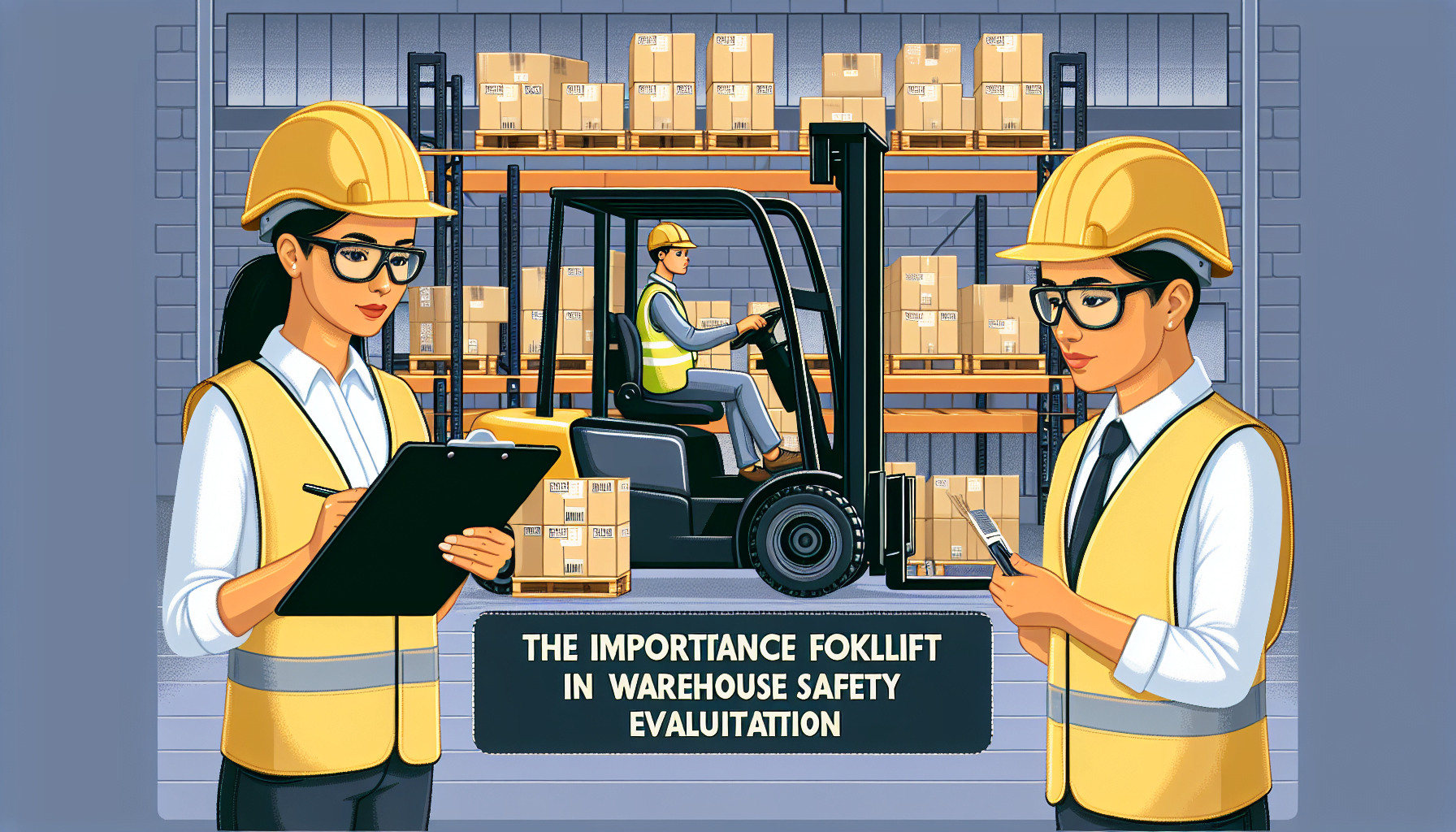Forklifts are an integral part of warehouse operations, allowing for the efficient movement of heavy loads and materials. However, with great power comes great responsibility. Forklift safety is of utmost importance in warehouse evaluations to ensure the well-being of operators, employees, and the overall productivity of the facility. By implementing proper safety measures and regularly evaluating and updating protocols, companies can create a safe working environment and prevent accidents and injuries.
The Role of Forklift Safety in Warehouse Evaluations
When it comes to warehouse evaluations, forklift safety should be a top priority. The operation of forklifts involves various hazards, including collisions, falls, tipping, and improper load handling. By addressing these hazards and implementing safety protocols, companies can minimize risks and protect their workforce.
An essential aspect of forklift safety is thorough operator training and certification. Operators should receive comprehensive training on the safe operation of forklifts, understanding the controls, load handling techniques, and safety procedures. Regular refresher courses and evaluations can help ensure that operators stay updated and proficient in their skills.
Another critical element in forklift safety is the proper maintenance and inspection of forklifts. Regular inspections should be conducted to identify any issues or damages that may affect the safe operation of the equipment. This includes checking the brakes, tires, steering controls, and other essential components. By promptly addressing any maintenance concerns, companies can prevent accidents caused by equipment failure.
Warehouse layout and organization also play a significant role in forklift safety. Clear signage, designated pedestrian walkways, and proper positioning of storage racks and shelves can greatly reduce the risk of collisions between forklifts and pedestrians or other objects. Regular evaluation and adjustments to the layout can help optimize traffic flow and improve overall safety.
In addition to training and maintenance, the use of personal protective equipment (PPE) is crucial in forklift safety. Operators should be provided with appropriate PPE, including high-visibility vests, hard hats, and steel-toed boots. PPE can provide an extra layer of protection and minimize the severity of injuries in case of accidents.
Implementing a comprehensive safety program that includes regular evaluations is essential to maintain a safe warehouse environment. These evaluations should assess the effectiveness of safety protocols, identify any areas of improvement, and address any new safety concerns that may arise. By conducting regular evaluations, companies can stay proactive in their approach to forklift safety and continuously strive for improvement.
To ensure the success of a warehouse safety evaluation, it is highly recommended to work with professionals specializing in warehouse safety and evaluations. HCO Innovations is a leading provider of warehouse safety evaluation services. They can help assess the current safety practices, identify potential risks, and provide customized solutions to improve forklift safety and overall warehouse operations. You can learn more about their services here.
In conclusion, forklift safety is of utmost importance in warehouse evaluations. By implementing proper safety measures, providing thorough operator training, conducting regular maintenance inspections, optimizing warehouse layout, and utilizing personal protective equipment, companies can create a safe working environment that minimizes the risk of accidents and injuries. Regular evaluations and improvements are essential to maintaining safety standards and ensuring the well-being of all individuals involved in warehouse operations.

